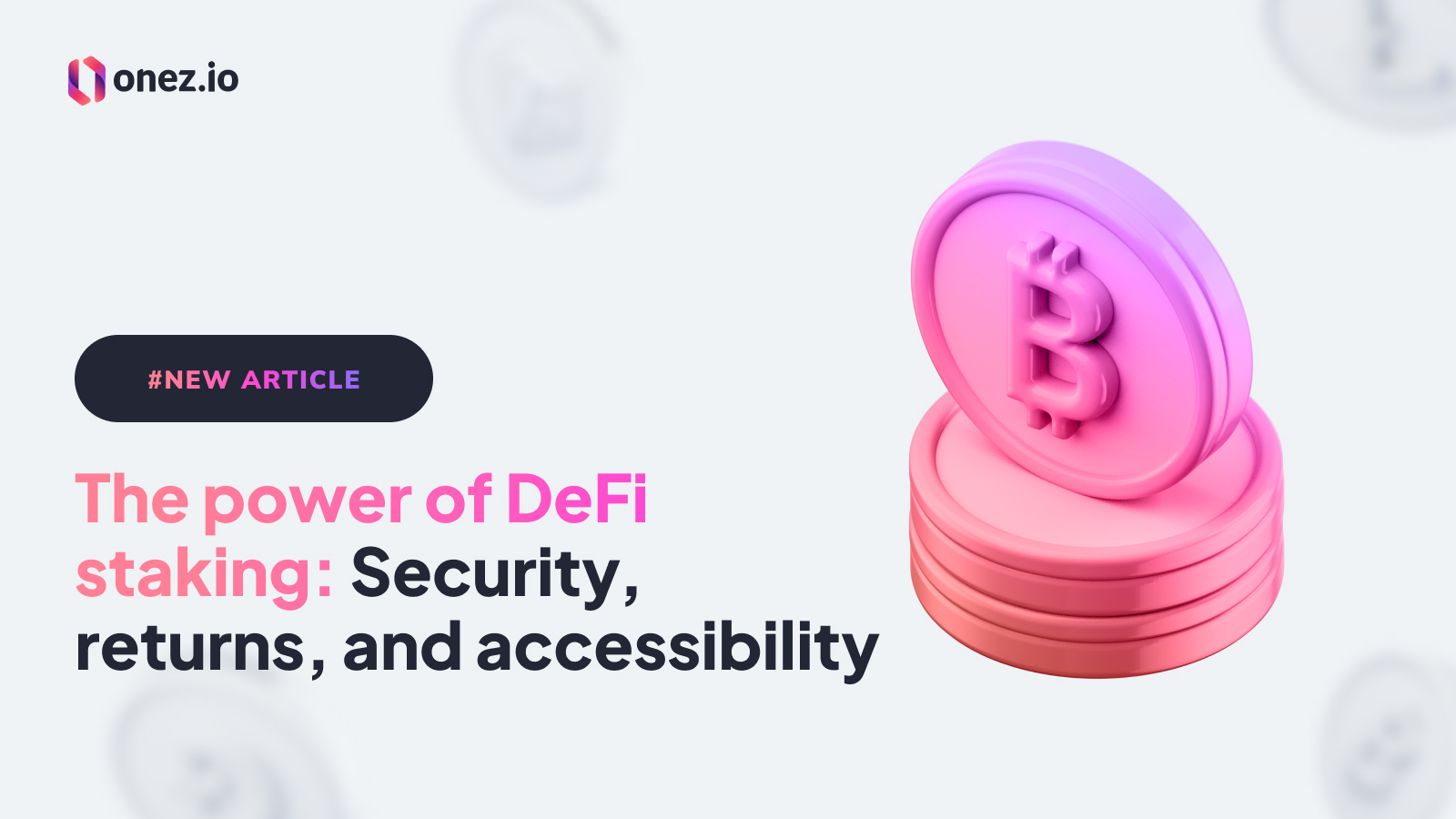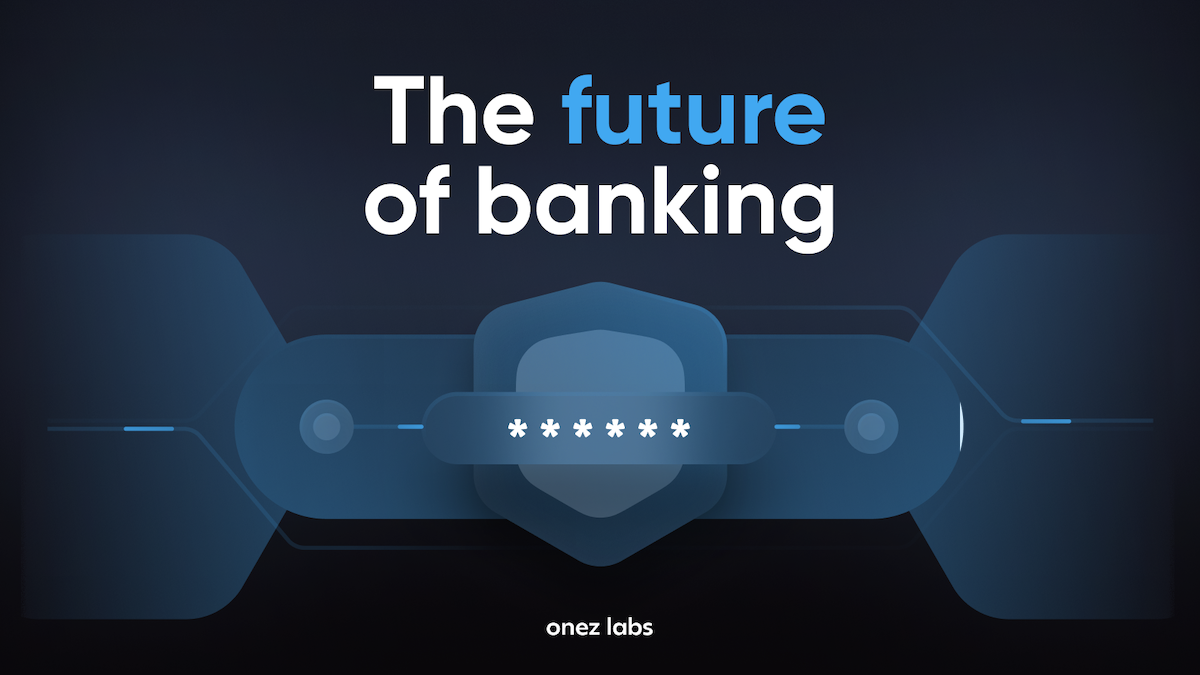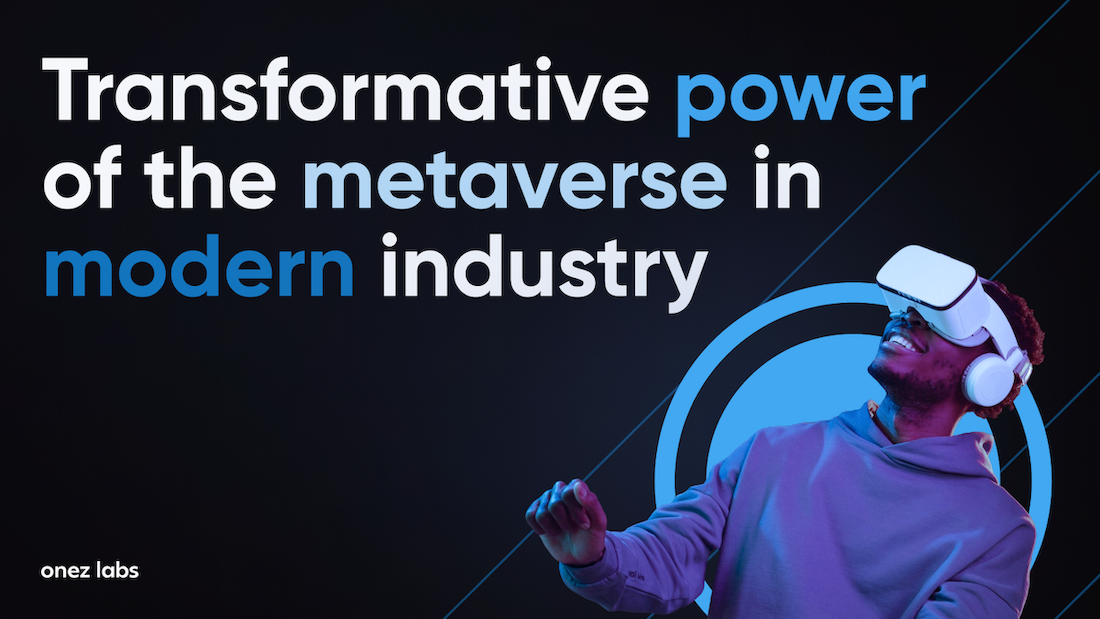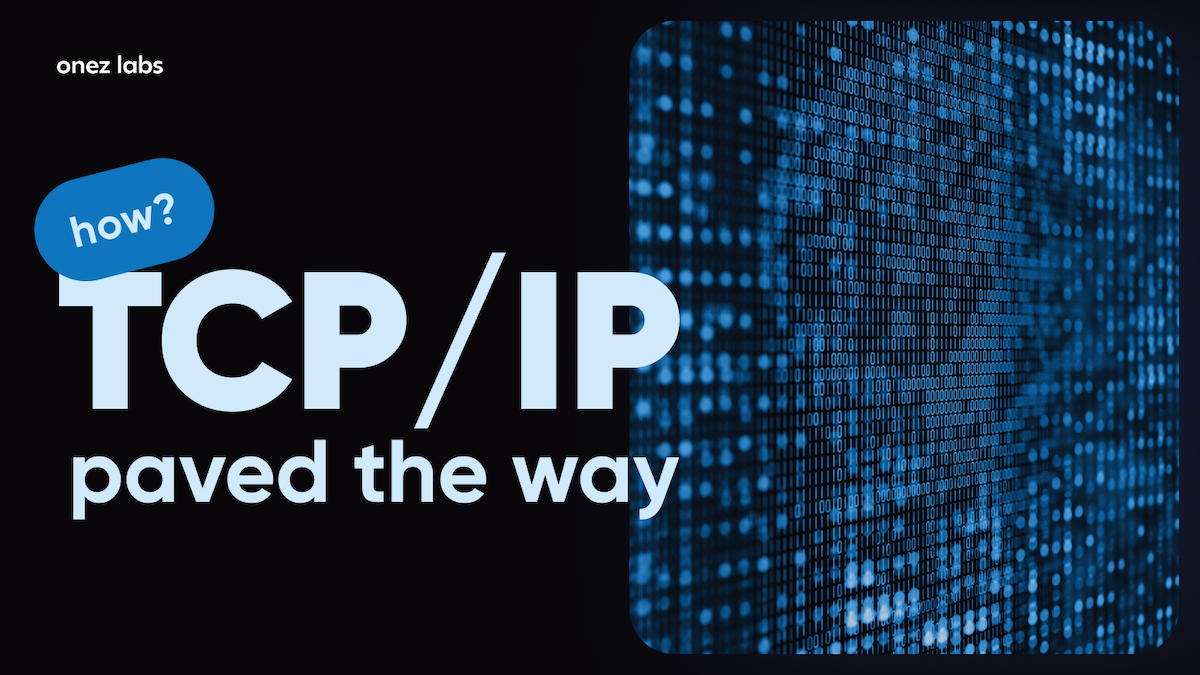Table of Contents
- The explanation of staking in the DeFi, importance and benefits of DeFi staking
- Top DeFi staking platforms in 2024
- Leading DeFi staking platforms to watch in 2024
- DeFi staking platforms have several important features. Here are some of the key features
- What goes into developing a DeFi staking platform, the key technologies and frameworks typically used
- How to choose the right DeFi staking platform development company
- Seamless security: White-label wallet for DeFi businesses
- The future of DeFi staking platforms
- FAQ
The explanation of staking in the DeFi, importance and benefits of DeFi staking
DeFi (Decentralized Finance) has been providing financial services without banks or middlemen. Using blockchain technology, DeFi supports activities like lending, borrowing, trading, and staking in a secure and transparent way. Staking involves locking up some of your cryptocurrencies to help run the network, and in return, you earn rewards! This mechanism keeps the network safe and also gives you a passive income stream. The best part? DeFi staking makes financial services accessible to everyone, offering higher returns than traditional banking products and promoting financial inclusion. As of now, the DeFi market capitalization is around $44.6B, with over 300 projects listed on DeFi Llama, and the total value locked (TVL) in DeFi protocols is approximately $23.8B.)
DeFi staking has become popular due to its many benefits. One of the primary advantages is the potential for high returns. Unlike traditional savings accounts, which offer minimal interest rates, DeFi staking can provide significantly higher yields. For example, platforms like Dogeverse offer up to 584% Annual Percentage Yields (APYs), attracting many investors looking for better returns on their investments. Furthermore, DeFi staking supports the security and efficiency of blockchain networks. By staking their tokens, users who do, help validate transactions and maintain network stability, which is important for the overall health of the DeFi ecosystem. Additionally, staking promotes a way to earn passive income, making it an attractive option for long-term crypto holders who want to benefit from their assets without actively trading them.
Key takeaways
- High Returns and Passive Income: DeFi staking offers significantly higher returns compared to traditional savings accounts, with platforms like Dogeverse providing up to 584% APY. It also allows users to earn passive income by staking their tokens.
- Enhanced Security and Network Stability: Staking helps validate transactions and maintain the stability of blockchain networks, contributing to the overall security and efficiency of the DeFi ecosystem.
- Accessibility and Financial Inclusion: DeFi staking democratizes access to financial services, enabling anyone with internet access to participate and benefit from high-yield financial products without relying on traditional banking systems.
- Top Staking Platforms: Leading platforms like Lido, Aave, GMX, and Binance offer unique features such as liquid staking, competitive returns, and comprehensive DeFi services, catering to diverse investor needs.
- Key Development Considerations: Building a DeFi staking platform involves critical steps like designing smart contracts, ensuring security through rigorous testing, and addressing challenges such as scalability, regulatory compliance, and user experience.
Top DeFi staking platforms in 2024
Different kinds of platforms have Originated as leaders in the DeFi staking space in 2024, each offering unique features and benefits. Below is a table providing a clear and concise overview of the top DeFi staking platforms, their unique features, and current APY rates. It allows you to easily compare and contrast the different options, making informed decisions about your investments.
| Platform | Description | APY |
|---|---|---|
| Lido | Flexible liquid staking on Ethereum | 19.62% |
| Aave | Flexible borrowing and lending services, attractive staking returns | Up to 9.71% |
| GMX | Comprehensive DeFi services, secure lending, borrowing, and staking | Around 10.45% |
| Binance (Smart Chain) | Wide range of staking opportunities, competitive rates. | Up to 10.23% (varies by asset) |
Leading DeFi staking platforms to watch in 2024
In 2024, many DeFi staking platforms have gained prominence due to their Solid features and user benefits. Binance, one of the largest cryptocurrency exchanges, offers a variety of staking options with competitive returns and supports different kinds of tokens. Lido stands out for its liquid staking services, particularly for Ethereum, allowing users to stake without locking up their assets, also maintaining liquidity. Aave continues to be a favorite for its comprehensive DeFi services, combining lending, borrowing, and staking to provide attractive yields. GMX on the other hand is Outstanding for its secure lending and borrowing options, alongside its staking rewards, making it a Resourceful choice for many users.
DeFi staking platforms have several important features. Here are some of the key features
- Security: Platforms like Binance and Aave prioritize user security with strong measures to protect funds.
- Flexibility: Binance offers a wide range of supported tokens, allowing users to choose their preferred options.
- High returns: Some platforms like Dogeverse offer Annual Percentage Yields (APYs) of over 500%, which is attractive to investors.
- Liquid staking: Lido’s liquid staking is beneficial for those who want to keep their assets flexible while earning rewards.
- User experience: These platforms focus on user experience and have intuitive and user-friendly interfaces.
User experiences and expert opinions show the strengths and weaknesses of these platforms. Binance is praised for its many services and strong security, though it faces legal issues in some regions. Lido’s liquid staking is valued for its flexibility, but some users still find it complicated. Aave is praised for its DeFi services, offering many ways to earn returns. Experts like GMX for its clear processes and good interest rates. Overall, these platforms are liked for their innovation, security, and potential high returns, making them popular choices in the DeFi staking world.
DeFi staking platforms are improving with new ideas like liquid staking on Lido, which makes them easier to use. They are also becoming more secure and user-friendly, with more tokens available. As DeFi grows, these platforms will continue to add advanced features, making them more appealing and useful. This helps users get the most out of their investments through smart strategies like diversification, earning rewards, and long-term planning.
What goes into developing a DeFi staking platform, the key technologies and frameworks typically used
Developing a DeFi staking platform includes several important steps. Here is the list of steps to develop a DeFi staking platform:
1. Design and planning phase
- Decide on features and user interface
- Define overall architecture of the platform
- Determine supported cryptocurrencies
- Choose staking mechanisms
2. Development phase
- Write code for smart contracts
- Develop self-executing contracts with terms of agreement written into code
3. Testing phase
- Ensure platform security
- Test functionality and performance
- Conduct extensive testing before public launch
Key technologies and frameworks in DeFi platform development include blockchain technology, especially Ethereum, known for its smart contracts. Solidity is the main programming language for writing Ethereum smart contracts. Developers use frameworks like Truffle and Hardhat for development and testing. For building user interfaces, tools like React.js or Angular are commonly used. Security tools like MythX or OpenZeppelin are important for auditing and making sure the safety of smart contracts.
Challenges in DeFi platform development and how they are addressed (2024)
| Challenges in DeFi Platform Development | How They Are Addressed |
|---|---|
| Security | Implementing best practices like thorough security audits, code reviews, and secure key management is important. Additionally, integrating insurance protocols and having strong incident response plans enhance platform security. |
| Scalability | Using scalable blockchain solutions like layer 2 solutions and sidechains to handle increased user activity without compromising speed and efficiency. |
| Regulatory Compliance | Engaging with legal experts and conducting compliance audits. Implementing adequate compliance frameworks making sure adherence to changing regulations. |
| Smart Contract Vulnerabilities | Conducting thorough auditing and testing of smart contracts, adopting secure coding practices, and using bug bounty programs to identify and fix vulnerabilities. |
| Liquidity | Integrating with liquidity providers and using liquidity incentivization mechanisms, along with forming strategic partnerships, to enhance platform liquidity. |
| User Experience | Developing user-friendly interfaces, implementing intuitive navigation, and providing comprehensive educational resources to enhance user experience and accessibility. |
| Interoperability | Leveraging cross-chain bridges and interoperability protocols to allow seamless interactions with other blockchain networks, thereby enhancing the platform’s versatility. |
| Data Privacy | Implementing data encryption and privacy-preserving protocols, and adhering to data protection regulations to ensure users data privacy. |
| Governance Issues | Utilizing decentralized autonomous organizations (DAOs) for transparent governance and empowering token holders to participate in decision-making processes. |
How to choose the right DeFi staking platform development company
When selecting a company to develop a DeFi staking platform, it’s really necessary to look for expertise in blockchain technology and smart contract development. Check for a strong portfolio of previous projects,and positive client testimonials. Make sure the company has a thorough understanding of security best practices and can conduct detailed audits, like those offered by ChainSecurity or CertiK. Additionally, consider their ability to provide ongoing support and updates to Guarantee the platform remains secure and functional as the DeFi space evolves. Researching and selecting a reputable and knowledgeable development partner is valuable for the successful creation and maintenance of a DeFi staking platform.The DeFi market capitalization is around $44.6B,making it necessary to choose a partner who can Maneuver this quickly growing and changing space.
The top DeFi development companies in the market 2024
In the space of DeFi development, different companies have established themselves as leaders through their innovative solutions and comprehensive services.Here are some of them.
- Consensys is a prominent name, renowned for its extensive work on Ethereum and various DeFi initiatives.
- ChainSafe offers a wide range of blockchain development services, including specialized solutions for DeFi platforms.
- OpenZeppelin is highly regarded for its emphasis on security, providing essential tools and services for smart contract auditing and the implementation of secure development practices.
- Solulab and Blockchain App Factory also stand out, delivering end-to-end blockchain development services with a strong focus on DeFi solutions.
These companies collectively contribute to the advancement of DeFi technology, ensuring strong, secure, and scalable platforms that cater to the growing demand in the decentralized finance sector.
Seamless security: White-label wallet for DeFi businesses
As the DeFi ecosystem grows, secure and reliable wallet solutions are important. Users need a trusted way to store, manage, and stake their cryptocurrencies. Onez is a customizable web3 white-label wallet that offers businesses a secure and seamless wallet experience for their users. With this wallet, users can confidently participate in DeFi staking, knowing their assets are protected.
By using onez.io’s wallet solution, businesses can focus on providing innovative DeFi services while ensuring the security of their users’ assets. The wallet’s reliable and scalable infrastructure lets users stake, lend, and borrow assets without worrying about the technology. As DeFi expands, secure wallet solutions like onez.io will become even more important, supporting the next wave of financial innovation.
The future of DeFi staking platforms
The future of DeFi staking platforms is exciting! Some big changes are coming. One big thing is “liquid staking”. This means you can stake your assets and still use them for other things, like trading. This is a great combination! Another change is that DeFi platforms have started to offer more complex financial tools, like derivatives and automated yield farming. This will make DeFi platforms more useful and appealing. Also, new technology called Layer 2 scaling solutions and Ethereum 2.0 will help DeFi staking for better improvement and be available to more people.
The DeFi staking ecosystem is fast changing. Soon, we’ll see bigger improvements in security and regulations. A recent report by Chainalysis says better security protocols and smart contract checks will prevent hacks and vulnerabilities, making users feel safer (1). Governments and regulatory bodies are creating clear guidelines for DeFi, which could lead to more people using it (2). A Harvard Business Review study found clear regulations can increase investment in DeFi by up to 300% (3). Also, projects like Cosmos and Polkadot are making it possible to stake assets across multiple blockchain networks, giving users more flexibility and opportunities (4). These advancements will help DeFi staking platforms grow and become a bigger part of the financial ecosystem, which is expected to be worth $5.1 trillion by 2026.
Bottom line
In summary: Creating a DeFi staking platform requires careful planning, advanced technologies like Ethereum, and addressing key challenges like security and scalability. Top platforms like Binance, Lido, Aave, and GMX offer strong features, high returns, and strong security. For example, Binance supports many cryptocurrencies with competitive yields. Lido offers liquid staking, allowing users to stake assets while keeping them liquid. Aave provides a decentralized protocol for earning interest on deposits. GMX offers slippage-free liquidity, but its second version introduces some complexities.
Choosing the right development company is necessary. Top firms like Consensys, ChainSafe, and OpenZeppelin offer essential services like customization, security audits, and ongoing support. Solulab and Blockchain App Factory also provide end-to-end blockchain development services focused on DeFi solutions. Selecting the right DeFi staking platform and development service is vital for a secure, efficient, and profitable staking experience. As DeFi evolves with innovations like liquid staking and enhanced cross-chain interoperability, adequate security practices and regulatory compliance will become highly important. By carefully choosing a reputable platform and experienced development company, users can maximize their benefits while contributing to the advancement of decentralized finance.
FAQ
What is DeFi?
DeFi stands for Decentralized Finance. It’s a new way of doing finance using blockchain technology and cryptocurrencies. DeFi allows people to borrow, lend, and invest without needing traditional banks or financial institutions.
What is staking in DeFi?
Staking is like a special way of helping keep the DeFi system safe and secure. When you stake your cryptocurrency, you’re essentially “locking it up” for a little while to help validate transactions and keep the network running smoothly. In return, you earn rewards in the form of more cryptocurrency!
Is DeFi safe?
DeFi is built on blockchain technology, which is very secure. However, like with anything online, there are risks involved. Some risks include smart contract vulnerabilities, hacking attempts, and market volatility. To stay safe, make sure to do your research, use reputable platforms, and never invest more than you can afford to lose.
How do I get started with DeFi?
Getting started with DeFi is easy! First, you’ll need to buy some cryptocurrency like Ethereum or Bitcoin. Then, find a DeFi platform that suits your needs, like Aave or Compound. From there, you can start exploring different DeFi services like lending, borrowing, or staking. Just remember to always do your research and understand the risks before investing!



